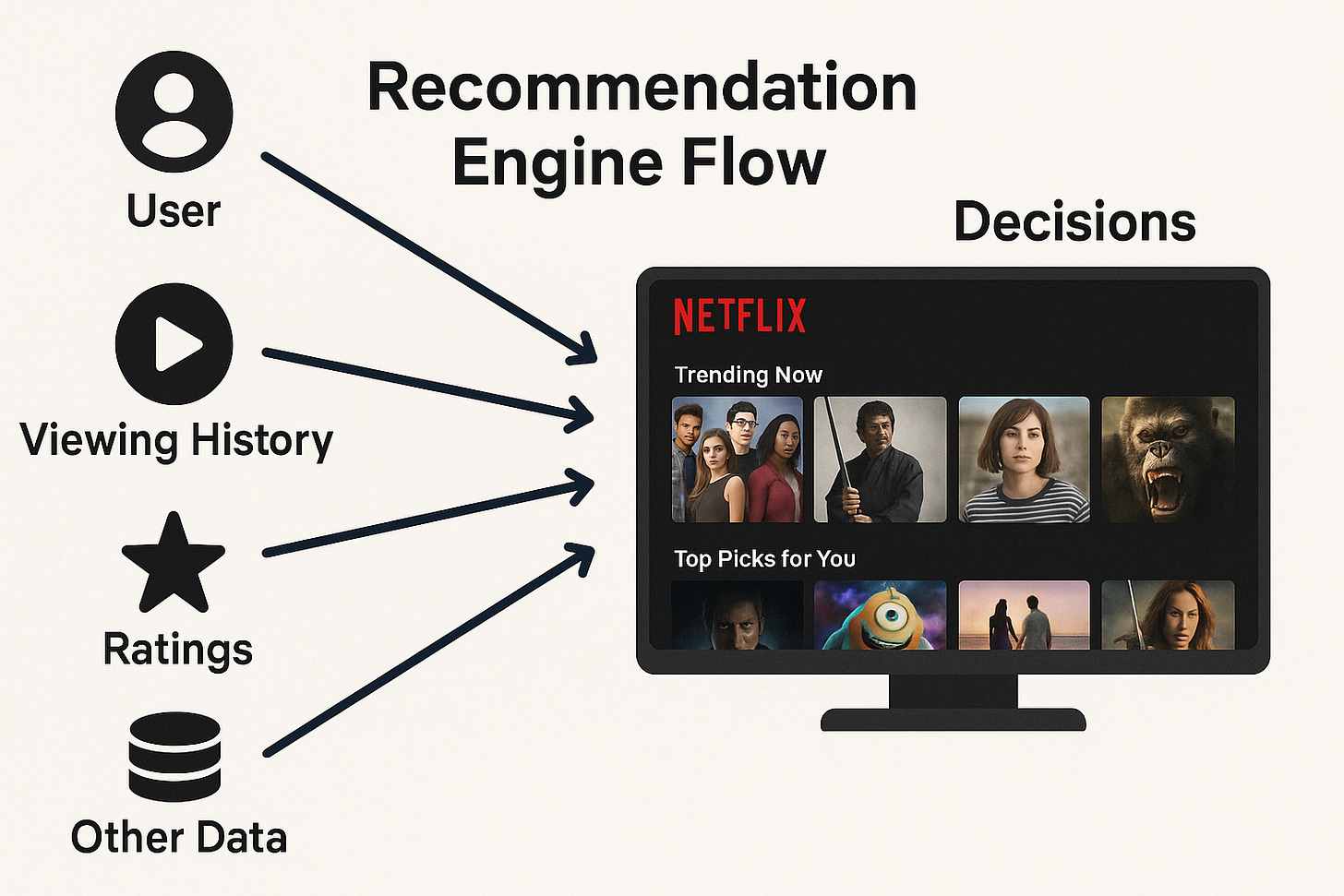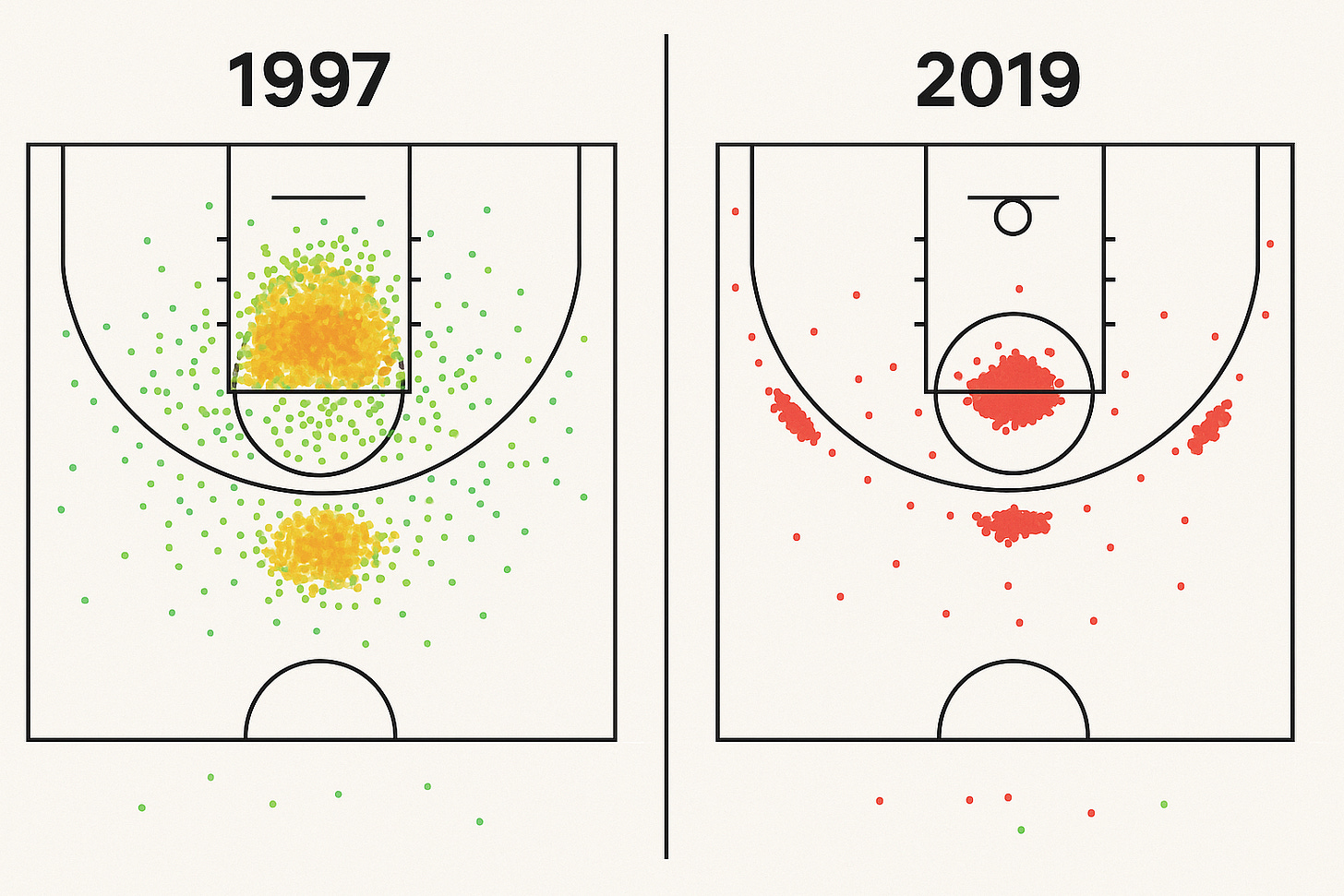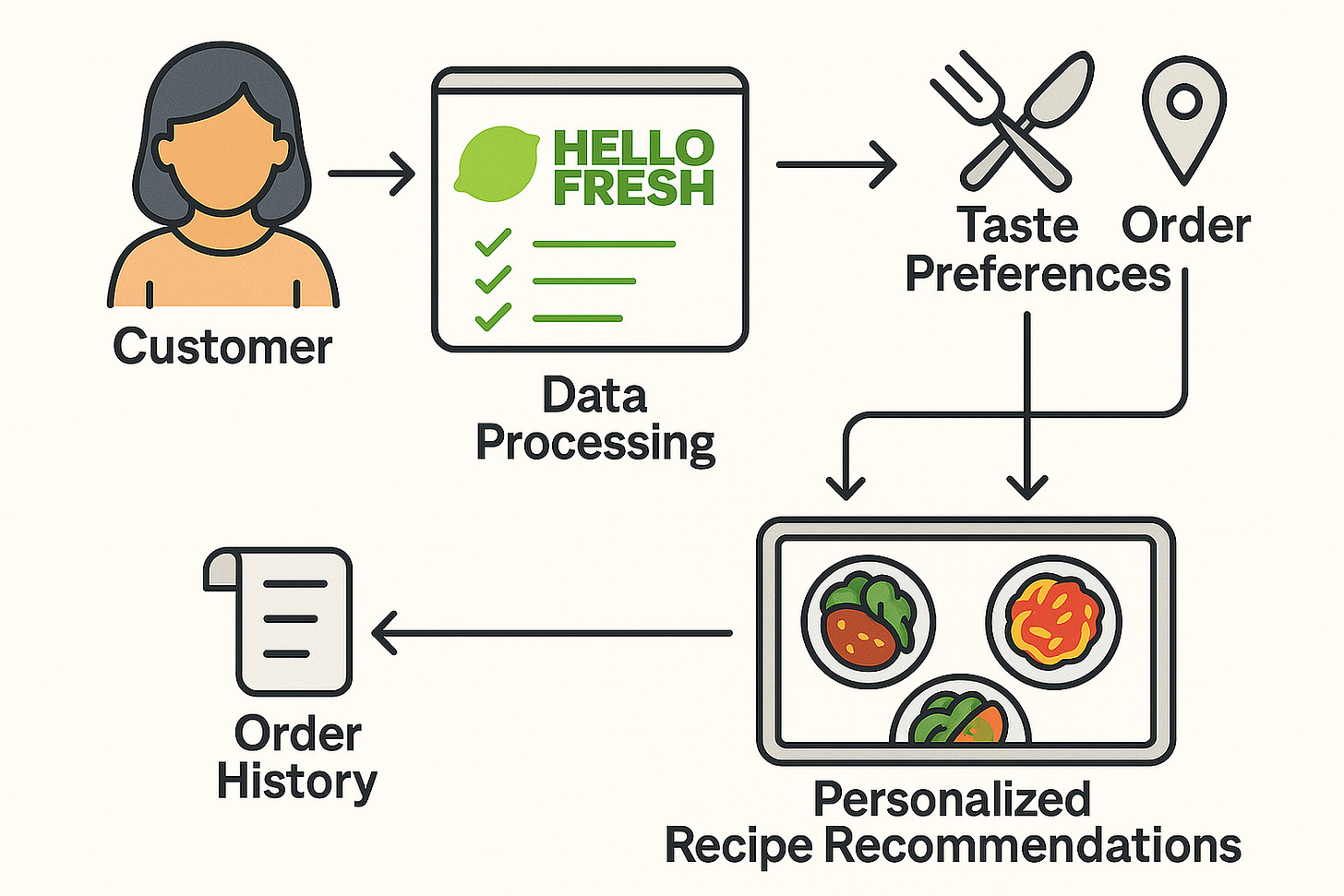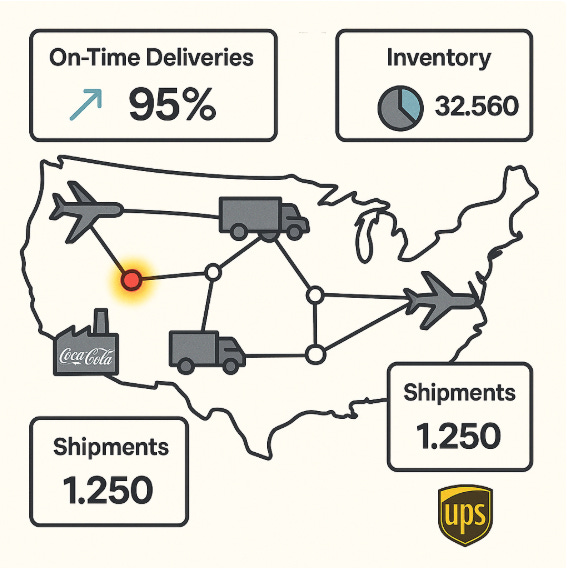Where data meets the real world
How Netflix, the NBA, and HelloFresh quietly teach us everything about data analytics

👋🏽 Hey, it’s Ismail. Welcome to data nomads lab newsletter on learning data analytics, career growth, networking, building portfolios, and interview skills to break into tech role as a high-performer.
Hey friends 👋
It has been a while since the last issue.
So today I want to restart Data Nomads Lab with a reminder of why we care about data in the first place.
Because data analytics is not only about SQL queries or dashboards.
It is about understanding the world and how decisions get made behind the scenes in places we already love like streaming, sports, food, and education.
Let us take a short and fun tour together 👇
Streaming: how Netflix knows what you will watch next
Modern streaming platforms such as Netflix and YouTube track every tiny action.
Every click, every pause, every late night “just one more episode.”
All of that data helps them learn what we enjoy and what to recommend next.
In 2018, YouTube revealed that about 70% of what people watch comes from recommendations.
That is not luck. That is data in motion.
Old television networks relied on a small group of households that had Nielsen devices installed to measure ratings.
Imagine trying to guess what millions watched based on a few homes.
The more precise the data, the smarter the decision.
Sports: how the NBA turned numbers into wins
Basketball used to be ruled by instinct and tradition.
Now it is shaped by data.
In the late 1990s, most players shot from midrange, which looked good but was not the most efficient choice.
By 2019, data showed that the most valuable shots came from near the rim or beyond the three point line.
Players adapted.
A single step backward could turn a two point shot into three points with nearly the same effort.
Data did not just change how fans watch the game. It changed how athletes play it.
Product design: how HelloFresh personalizes your plate
Meal kit companies like HelloFresh use data to predict what customers will enjoy before they even order.
They gather information about:
Customer preferences such as taste and location
Recipe details like ingredients and preparation time
Order patterns, browsing data, and feedback
With these layers combined, HelloFresh can recommend recipes, reduce waste, and design promotions that fit each household.
Great product design begins with great data and empathy for the person behind it.
Government and education: data for the public good
Data analytics also helps public institutions improve experiences for everyday people.
For example, the University of St Andrews used heat maps to study how visitors interact with its website.
Red spots showed where users clicked the most, while blue areas were barely touched.
They discovered that people were trying to click on non interactive text and missing important sections further down the page.
The team redesigned the site so key information appeared higher and links were easier to find.
Data can help any organization serve people better, one click at a time.
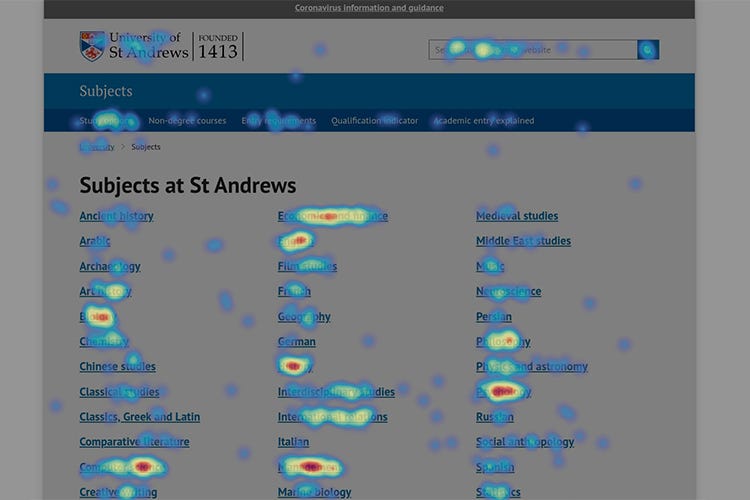
Logistics and legacy: how Coca Cola and UPS use data to stay consistent
Not every company needs to reinvent itself every year.
Some businesses like Coca Cola and UPS have built their success by perfecting a single core promise.
Coca Cola focuses on consistent flavor and emotion.
UPS focuses on getting packages where they need to go on time.
Behind both, data quietly runs the show.
They analyze routes, weather patterns, delivery times, production costs, and even driver efficiency.
Data is not only about innovation. It also keeps what already works running smoothly.
Takeaway: the world runs on data and you can too
Whether your passion is sports, fashion, technology, or government, there is space for your skills as a data analyst.
The real power of this field is not in knowing every tool or coding language.
It is in turning raw numbers into understanding.
That is what makes data analysts valuable in every industry.
We help translate confusion into clarity.
So if you are learning Excel, SQL, or Tableau, remember this:
The tools are your passport.
The real adventure begins when you apply them to something you care about.
Coming next in Data Nomads Lab
The lifeblood of analytics: understanding data itself
We will explore what data really is, where it comes from, and how analysts make sense of it all.
If you are new here, welcome.
If you have been subscribed for a while, thank you for your patience and support.
I am excited to be back, writing again and learning together with you.
💌 Support Data Nomads Lab
If you enjoyed this issue, please share it with a friend or colleague who loves learning about data.
Your support helps me keep writing and creating free content that inspires more people to explore data analytics.
Stay curious,


